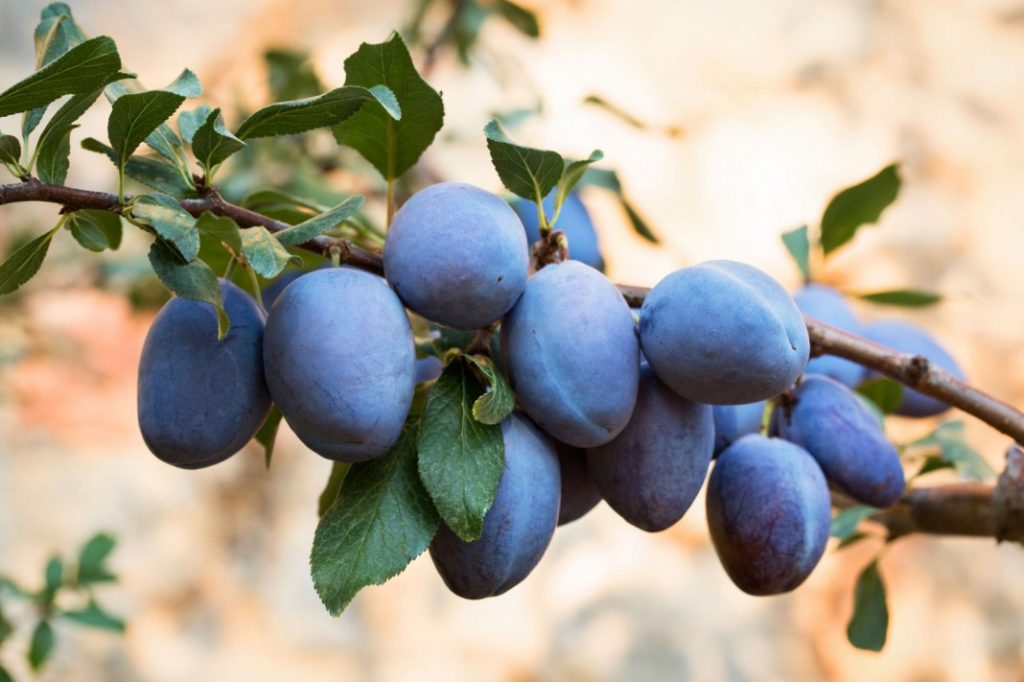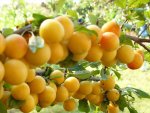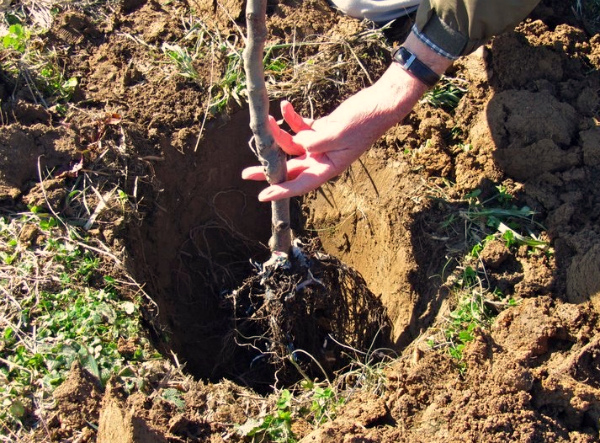What is the difference between cherry plum and plum?
Content
Differences
Plum came to the territory of Russia from Western Europe, and cherry plum - from the south, from the Caucasus and Asia Minor. Plum and cherry-plum, the differences between which are mainly in frost resistance, grow well in the south. Breeders bred varieties of both crops that bear fruit well in the middle lane, but plum is cultivated much further north, the cold resistance of cherry plum is so lacking.
But the plum is much more troublesome for gardeners, since pests and diseases pester it. For example, nightshades should not be planted near plums, this contributes to the spread of fungal diseases. It is susceptible to rust, perforation, fruit rot, gray rot, milky sheen and marsupial disease. If you cut off thick branches, hollows are formed, and gum flow may begin.
Cherry plum practically does not get sick, its early flowering attracts beneficial insects to the site, and the main disadvantage of this crop for cultivation can be considered that frosts can damage the roots and branches. Thanks to the efforts of breeders, varieties have appeared that can withstand frosts down to -30 degrees, but it is still better to cover the plant for the winter, therefore, cherry plum is grown by a bush north of the Moscow region.
Video "Description of cherry plum"
From the video you will learn a lot of interesting things about cherry plum.
Saplings
Most varieties of both crops are not self-fertile, which means that other varieties must be planted on the site for cross-pollination. Even varieties that are declared self-fertile produce better fruit when cross-pollinated. But the way out of this situation can be simple - to graft several varieties on one rootstock, and cherry plum and plum can grow on one tree, which looks very impressive when ripening fruits of different sizes and colors.
When choosing a plum sapling, you need to carefully examine the roots, preferably up to five roots 20-25 cm long. It is better to buy a seedling with a closed root system, although it is not considered, but the survival rate of such specimens is higher. For the first few years, all the gardener's attention is directed to the survival rate of the tree, it is carefully formed, taking care that it gains strength.
It is also advisable to buy a cherry plum seedling with a closed root system. It takes root much easier than a plum; from the very first year of planting, you need to work on the formation of the crown, and cover it for the winter. Cherry plum much earlier than plum enters the fruiting period (in the second - fourth year of life), by this time it is desirable, if not to form, then at least outline the basic skeleton of the plant. It is usually bowl-shaped as opposed to a plum. A young tree grows much faster than a plum, the annual growth of shoots is greater.
Both crops take root better and grow stronger zoned own-rooted plants, this is especially important for cherry plum, because they better tolerate winter.
Landings
Planting methods cannot be very different for these fruit trees, since they have the same requirements for soil and growing conditions.Both crops require fertile, drained, non-acidic soils to eliminate stagnant water. A hole is dug up to a depth of 60 - 70 cm, with a diameter of 50 - 60 cm. A peg is driven into the center for tying a seedling, the soil is laid out with a slide, the roots are spread over it, carefully covered, tamped, watered abundantly. The root collar should remain at ground level. After planting, the ground around the trunk is mulched.
In the south, both crops are planted in both autumn and spring. The main condition is that the tree must be at rest. It is this condition that forces the gardeners of the middle lane to plant in the spring, because in the fall the tree will not have time to take root and will be defenseless against the winter cold.
Fruits
The main difference between these two related cultures is their miraculous fruits. We are used to seeing plums blue, crimson, purple, less often yellow, oval or round with a waxy bloom. And cherry plum gives round fruits of different sizes (from 50 to 150 g each) in a yellow-red range, the seeds are not separated from the pulp, and the skin is often dense.
Cherry plum ripens in August - September, fruits can be picked not ripe, they are perfectly transported, ripen during storage. Plum ripens earlier (most varieties) and is stored less.
They differ in taste and useful qualities, which is explained by their different chemical composition. Thus, plums contain more sugars, and cherry plums contain more acids and calcium. Fruits of both cultures contain many vitamins and elements necessary for the body, cherry plum surpasses almost all berries in vitamin E content, and plums - vitamin A. gastrointestinal tract, prolong youth and strengthen bones.
Cherry plum improves the functioning of the digestive system, is used as a mild laxative, choleretic, anti-cold remedy, it strengthens the immune system, nerves and bones. Plum is boiled, dried, smoked, and cherry plum is not only boiled and canned, but also the famous tkemali sauce is made from it.
Video "Sorts of plums"
From the video you will learn a lot about plum varieties.



